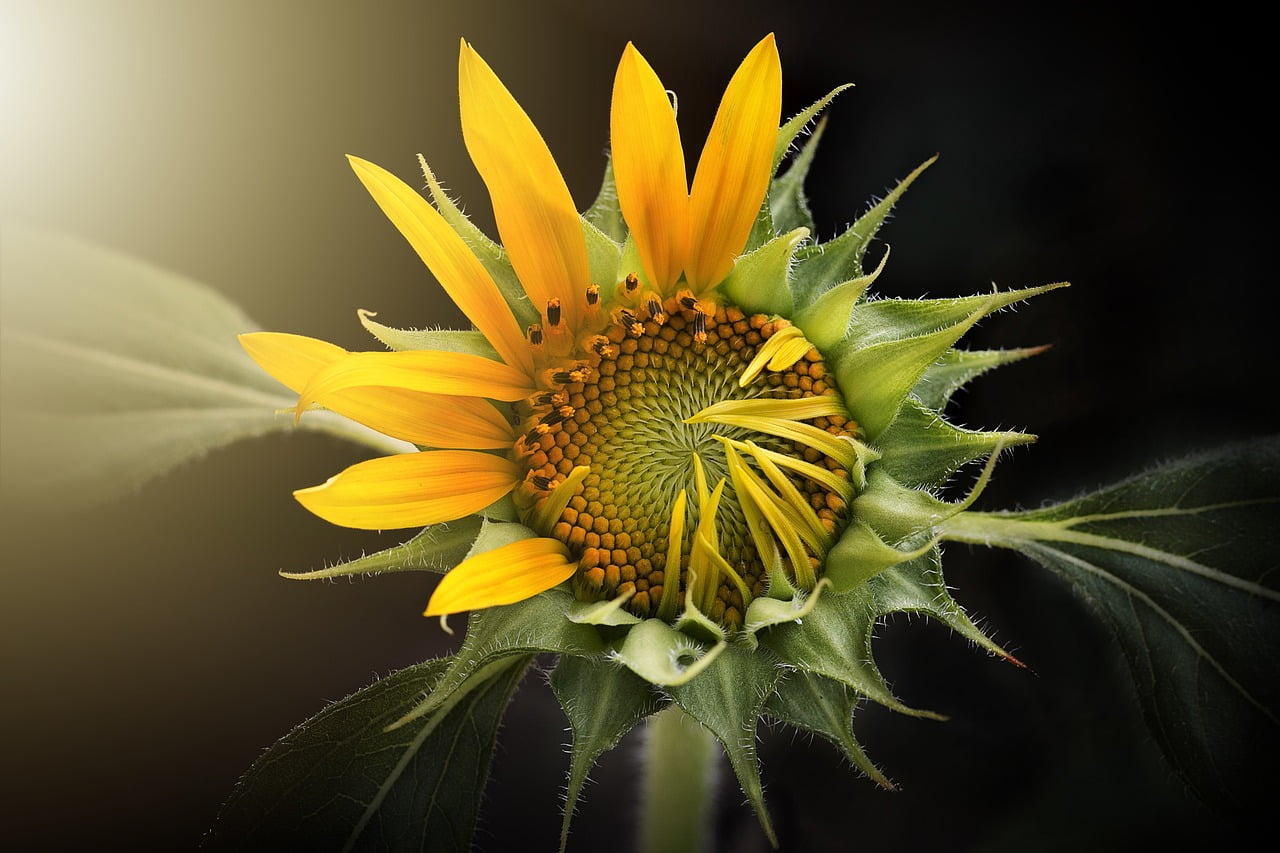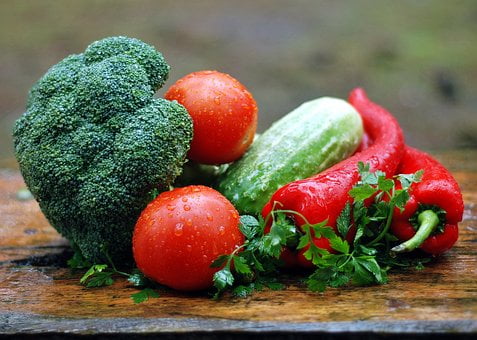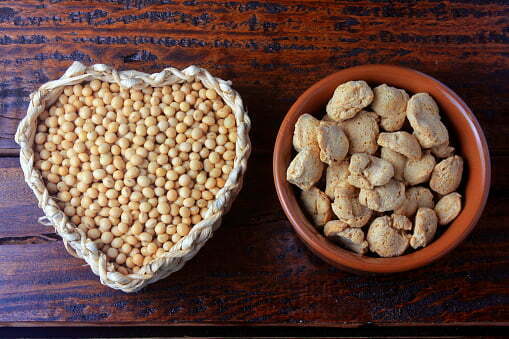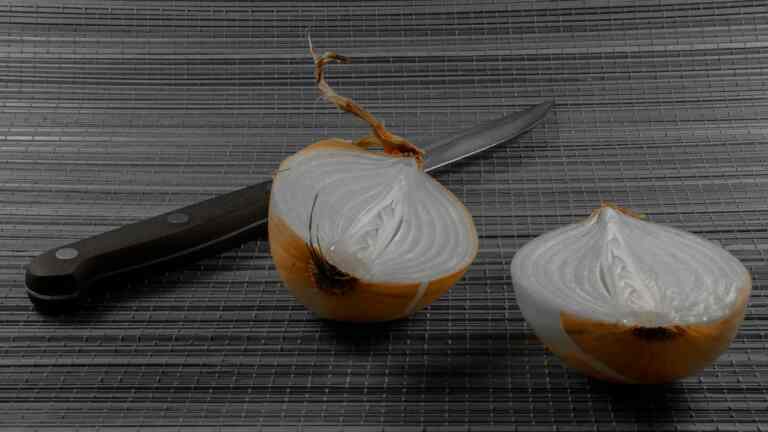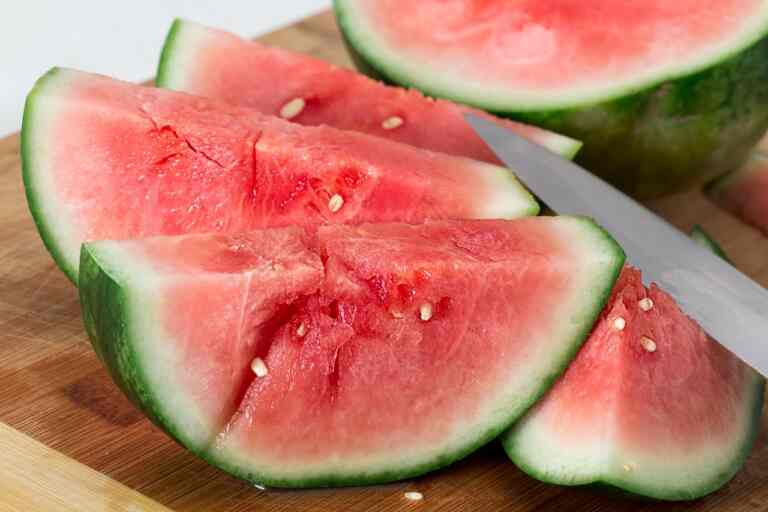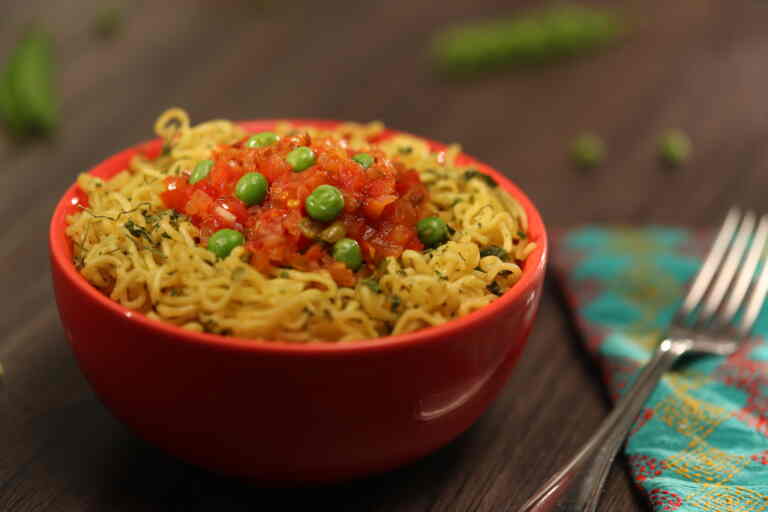Can we eat sunflower petals?
Can we eat sunflower petals? Sunflower petals, with their vibrant yellow and orange hues, are not only visually appealing but also raise the question of their edibility. While many flowers are used in culinary practices, it’s essential to consider the safety and potential health benefits before consuming any part of a plant. Let’s explore whether sunflower petals can be safely consumed and how they are used in different culinary traditions.
Nutritional Composition of Sunflower Petals
The nutritional composition of sunflower petals may vary slightly, but in general, they are low in calories and are not a significant source of essential nutrients. Here is a general overview of their nutritional content:
1. Calories: Sunflower petals are low in calories, making them a light addition to various dishes. They contribute minimal energy to your overall caloric intake.
2. Antioxidants: Sunflower petals contain antioxidants, such as flavonoids, which can help neutralize harmful free radicals in the body. These antioxidants play a role in reducing oxidative stress and may have potential health benefits.
3. Vitamins and Minerals: While sunflower petals are not particularly rich in vitamins or minerals, they may contain small amounts of certain nutrients, including vitamin C. However, the levels are generally not significant enough to contribute substantially to your daily vitamin and mineral requirements.
4. Dietary Fiber: Sunflower petals contain dietary fiber, although the amount is minimal. Fiber is essential for digestive health and can aid in promoting regular bowel movements.
5. Water Content: Like most plant-based foods, sunflower petals have a high water content. Staying hydrated is essential for overall health, and foods with high water content can contribute to your daily fluid intake.
Culinary Uses of Sunflower Petals
Sunflower petals, with their vibrant colors and mild, slightly peppery flavor, are a popular choice for creative cooks and chefs. While they are not a staple food, they are often used to enhance the visual appeal and add a subtle taste to a variety of dishes. Here are some common culinary uses of sunflower petals:
**1. ** Salads: Sunflower petals are frequently used as a decorative element in salads, adding a pop of color to green salads, fruit salads, or grain-based salads. They can be scattered on top or mixed in to create a visually appealing dish.
**2. ** Desserts: Chefs often use sunflower petals to garnish desserts like cakes, cupcakes, puddings, and ice creams. Their vibrant colors contrast beautifully with the sweetness of desserts, making them an excellent choice for decorative purposes.
**3. ** Beverages: Sunflower petals can be used to infuse beverages such as teas, lemonades, and cocktails. The petals can impart a subtle floral aroma and a hint of flavor, enhancing the overall drinking experience.
**4. ** Jellies and Preserves: Sunflower petals can be incorporated into homemade jellies, jams, and preserves. The petals add color and a delicate flavor to these spreads, making them visually appealing and slightly unique in taste.
**5. ** Herb Blends and Seasonings: Dried sunflower petals can be ground and added to herb blends or spice mixes. They can provide a subtle peppery note to seasonings, adding depth to the overall flavor profile of a dish.
Health Benefits and Risks of Consuming Sunflower Petals
Health Benefits:
- Antioxidant Properties: Sunflower petals, like many other edible flowers, contain antioxidants such as flavonoids. These antioxidants help combat oxidative stress in the body, potentially reducing the risk of chronic diseases.
- Potential Anti-Inflammatory Effects: Some compounds in sunflower petals have anti-inflammatory properties, which can contribute to overall health by reducing inflammation within the body.
- Aesthetic and Culinary Enjoyment: While not a direct health benefit, the visual appeal of sunflower petals can enhance the overall dining experience. The joy derived from aesthetically pleasing meals can positively impact mental well-being.
Risks and Considerations:
- Allergic Reactions: Individuals with allergies to plants in the Asteraceae family, which includes sunflowers, may experience allergic reactions to sunflower petals. Symptoms can range from mild skin irritation to more severe allergic reactions. It’s important to test a small quantity before consuming larger amounts.
- Pesticide Contamination: If not sourced from organic or pesticide-free sources, sunflower petals, like any edible flowers, can carry the risk of pesticide contamination. Consuming petals from chemically treated flowers can lead to adverse health effects.
- Gastrointestinal Discomfort: Consuming large quantities of sunflower petals, especially if you are not accustomed to eating them, might cause mild gastrointestinal discomfort. This can include symptoms like nausea, stomach cramps, or diarrhea. Moderation is key.
- Lack of Nutritional Significance: While sunflower petals contain antioxidants, they are not a significant source of essential nutrients. Relying on them as a primary source of nutrition would mean missing out on vital vitamins, minerals, and proteins found in other food groups.
- Interaction with Medications: If you are taking medications or have underlying health conditions, it’s advisable to consult a healthcare professional before incorporating sunflower petals into your diet. Some compounds in edible flowers might interact with certain medications.
In summary, consuming sunflower petals in moderation and ensuring they are sourced from safe, organic, or pesticide-free environments can be a delightful addition to your culinary experiences. While they offer some potential health benefits due to their antioxidant content, they are best enjoyed as a part of a balanced and varied diet. Individuals with allergies or specific health concerns should exercise caution and seek medical advice if unsure about their suitability for consumption.
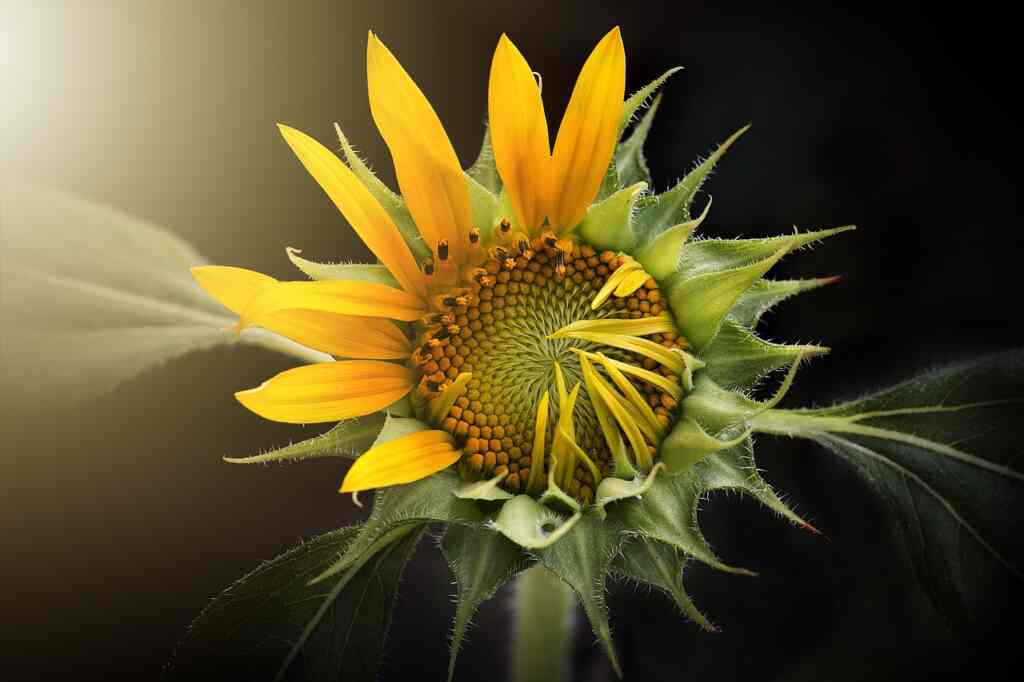
Traditional and Cultural Uses of Sunflower Petals in Food
Throughout history, various cultures have incorporated sunflower petals into their culinary practices, utilizing them in diverse ways. Here are some traditional and cultural uses of sunflower petals in food:
**1. ** Native American Cuisine: Indigenous peoples in North America, including Native American tribes, have historically used sunflower seeds as a food source. While not as common, some tribes have also used sunflower petals in traditional dishes. The petals were sometimes added to soups, stews, or salads, providing both a burst of color and a mild flavor.
**2. ** Russian and Ukrainian Cuisine: In Russia and Ukraine, sunflowers are abundant, and the seeds and petals are often used in cooking. Sunflower petals are used to make a traditional Ukrainian dish called “Borscht,” a beet soup. The petals add a vibrant hue and subtle flavor to the dish, enhancing its visual appeal.
**3. ** Chinese Herbal Medicine: In traditional Chinese medicine, sunflower petals have been used for their medicinal properties. They are believed to have cooling effects on the body and are used in herbal teas to treat certain ailments. While primarily used for medicinal purposes, these teas are also consumed for their subtle floral flavor.
**4. ** Middle Eastern and Mediterranean Cuisine: In some Middle Eastern and Mediterranean countries, sunflower petals are used in salads and desserts. The petals are sometimes added to salads for their visual appeal and are used to garnish desserts such as baklava and puddings. They are especially popular during festive occasions and weddings.
**5. ** Indian Cuisine: In Indian cuisine, particularly in some regional dishes, sunflower petals are used for culinary purposes. They are sometimes added to rice dishes, desserts, and beverages. The visually striking petals are used to enhance the presentation of traditional sweets and are also used in making herbal teas.
Creative Culinary Applications of Sunflower Petals
Creative chefs and culinary enthusiasts around the world have found innovative ways to incorporate sunflower petals into a variety of dishes. Here are some imaginative and artistic culinary applications of sunflower petals:
**1. ** Sunflower Petal Salads: Mix sunflower petals with fresh greens, nuts, seeds, and a light vinaigrette to create visually stunning salads. The vibrant colors of the petals add an artistic touch to the salad, making it an appetizing and eye-catching dish.
**2. ** Floral Infused Beverages: Infuse sunflower petals in hot water to create a fragrant floral tea. Alternatively, add the petals to lemonades, iced teas, or cocktails for a unique and refreshing twist. The petals not only lend a delicate flavor but also enhance the visual appeal of the beverages.
**3. ** Petals in Desserts: Use sunflower petals to garnish cakes, cupcakes, pastries, and desserts like panna cotta and mousse. The petals can be delicately placed on top of the frosting or mixed into the dessert for an elegant and sophisticated presentation.
**4. ** Candied Sunflower Petals: Candying sunflower petals preserves their vibrant colors and adds a touch of sweetness. These candied petals can be used to decorate cakes, cookies, or chocolates. They also make exquisite standalone treats and edible decorations for desserts.
**5. ** Herbal Butter or Cream Cheese: Blend finely chopped sunflower petals into softened butter or cream cheese. This floral-infused spread can be used on bread, crackers, or in sandwiches. The petals not only add color but also impart a subtle floral aroma to the spreads.
Conclusion: Can Sunflower Petals be Safely Consumed?
In summary, sunflower petals are a safe and edible addition to various culinary creations, bringing both aesthetic charm and a mild, peppery flavor to dishes. When sourced from reputable, pesticide-free sources, they can be enjoyed in moderation, enhancing the visual appeal of salads, desserts, beverages, and more. However, it is crucial to be mindful of potential allergies, especially for individuals sensitive to plants in the Asteraceae family.
Like any ingredient, sunflower petals should be used thoughtfully and creatively, enriching the dining experience while ensuring a diverse and balanced diet. By understanding their origins, exercising moderation, and considering individual health conditions, enthusiasts can explore the culinary world with the vibrant hues and subtle taste of sunflower petals, adding a touch of creativity and elegance to their meals.
Related Posts
This article is reviewed by Russel, before publishing. If you have any doubt, you can contact us or consult with your nearby doctor. Remember, in medical matters, there is no same advice, cure, and medicine for all.

